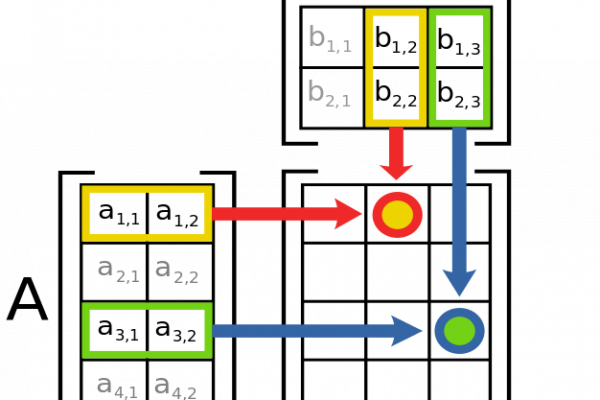A Gentle Introduction to NumPy Arrays in Python
Last Updated on November 29, 2019 Arrays are the main data structure used in machine learning. In Python, arrays from the NumPy library, called N-dimensional arrays or the ndarray, are used as the primary data structure for representing data. In this tutorial, you will discover the N-dimensional array in NumPy for representing numerical and manipulating data in Python. After completing this tutorial, you will know: What the ndarray is and how to create and inspect an array in Python. Key […]
Read more








